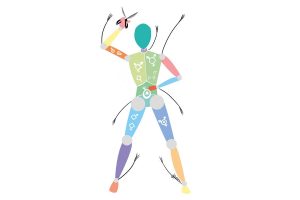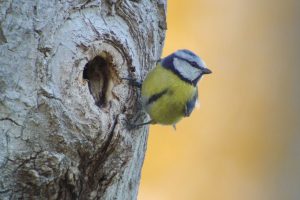Search
Biology has been and still is used to justify discriminatory practices against groups of people, but reality is always more passionately complex than the dualistic human logic is willing to accept.
From the simplest of cells to the first bands of hominids treading on two legs across the African savannah, the history of life in this planet is based on cooperation.
Interview with Dr. Graham Bell, Professor of Evolution at McGill University (Montréal) and one of the most important voices in the academic field of evolutionary biology.
The mechanism that produces white hair is not well known. It is very likely, although not definitely proven, due to the oxidation of melanin caused by the aging of the hair follicle cells.
Darwin is credited with the opinion that crying only lubricates the eye, but today it is accepted that it has an intrapersonal and an interpersonal function.
Blushing is a specifically human characteristic, since our closest relatives, such as the chimpanzee, gorilla, or orangutan, do not blush.
Human palaeontology in Spain has experienced extraordinary growth in recent decades. In this work we investigate the influence that the book La evolución (1966) and its editors, Miquel Crusafont, Bermudo Meléndez, and Emiliano Aguirre, exerted on this explosion.
When we talk about species without sexual dimorphism, we should complete the sentence with a small note: species without a sort of sexual dimorphism that we can detect.
A team of researchers of the University of Alacant, together with German and Brazilian scientists, have discovered a new interaction between insects and plants. They are fly larvae which can survive in a carnivorous plant and feed from its prey. This is what we know as «cleptoparasitism». According to
Professor of the Department of Animal and Plant Science of the University of Sheffield.










